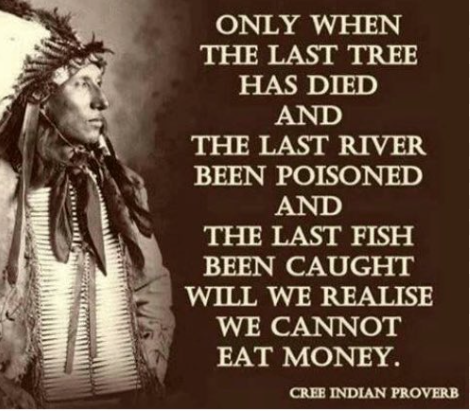“All of what I’m doing now is 5G. And I have an important quote here because I think it can be used from Buglife, and I want to tie it in because there may be a solution to this. And this is published in 2018. However, the charity Buglife warns that despite good evidence of the harms, there was little research, ongoing, to assess the impact or apply pollution limits. That is not true, actually. I’ve quoted nearly 40,000 research papers. ES UK magazine publishes animal studies every time it comes out. There is generally one a day. But I’m not criticizing Buglife, because I think one of the answers to this, and I thought about that only yesterday—I thought, How can we sort of solve this here?
I have no authority and no status, and whoever I try to reach will never reply to my letters, and I can’t get through to them. But charities like Buglife and the charities that control birds and the charities that look after the woodlands, they have, I don’t know what you call them, but people who control have patrons, and if the people who have animal charities and tree charities—if they go to their patron and they can ask their patron for me to come to them—I don’t care where I go; my own expense; if I can go to the patron, just for an hour, although the patron may not be able to do anything, the patron may be able to meet somebody at a social event that I would never even be letting the gate to, but it would meet something as social events, and say, ‘Hey, we’ve got this bloke here. You really want to talk to him and we may be able to get a decision made.’ That is the only way I think we can actually get a handle on this, because the industry is immensely powerful. They stand aside for nobody. They have the money. They have tens of trillions of dollars. They can buy anyone. They can buy the scientific results they want.
And finally, the last thing on trees, which I think is immensely important, because the moment these went up, we started to lose our trees and I haven’t seen the research but I bet if anybody starts looking, you will see that tree diseases are slowly creeping up, over the last twenty or twenty-five years. They have to. But what people don’t understand about trees, and I’m going to put this very briefly, 70% of a fish is tree. The reason is when the trees shed their leaves, all of the broken down goodness gets washed into the streams, the rivers, the sea. It is fed on by microorganisms and bacterium and they get too fed on by bigger things and bigger things. The food chains. The food webs. And into the fish. And any fish, any 70% of a fish, is generally tree or the goodness from a tree. But there is a very important fact here. Among this enormous chain of microorganisms, you have tiny little microorganisms called a coco loco pause and they do their share of feeding and they are fed on but they produce one important molecule: coco loco pause produce a molecule called dimethyl sulfide. It is the only molecule, known at this point in time, the only molecule known because it drifts out of the water into the air and it is the only molecule known to take part and that is necessary in cloud formation.
Now, if you go and cut down of all the trees in there, I think we’re going to cut down 70 million or something. You cannot replace 70 million trees with 70 million saplings. The average age will be about a hundred years, and the saplings will not do the same job. They will not absorb the carbon dioxide from the atmosphere for a start. Now, if you cut down the trees, you are cutting down the formation of clouds in the atmosphere which means you will get droughts. It is as simple as that. We cannot go around cutting down that many trees if it isn’t necessary and the only way to have 5G is to cut down trees. So, there is a balance there, and it needs to be known to somebody.”
You can watch and listen to the lecture here.

